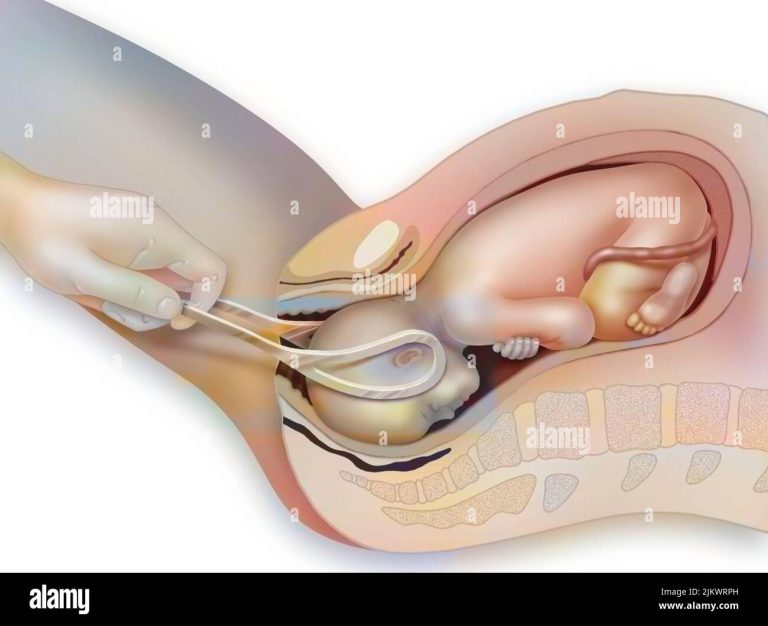Forceps are among the oldest and most versatile tools in the medical world. Simple in design yet vital in practice, they have been adapted for a wide range of applications, from surgical procedures to delicate laboratory tasks. What makes them so essential is their ability to extend the human hand, providing precision, grip, and control in situations where accuracy is paramount.
A Brief History of Forceps
The use of forceps dates back centuries, with early versions appearing in ancient civilizations where physicians and craftsmen designed rudimentary instruments for handling delicate materials. Over time, medical science advanced, and forceps became more specialized. Each new design addressed specific surgical needs, whether for grasping tissue, controlling bleeding, or assisting in childbirth.
By the 19th and 20th centuries, the refinement of surgical techniques led to an explosion of specialized forceps types. From general utility models to highly specialized instruments like DeBakey forceps, each variation played a role in making medical procedures safer and more effective.
Types of Forceps and Their Applications
Not all forceps are created equal. They can be broadly divided into categories based on their intended use.
Surgical Forceps
Surgical forceps are designed for precision during operations. They are often used to hold or manipulate tissue, clamp blood vessels, or remove foreign objects. Some have toothed tips for a stronger grip, while others have smooth tips to avoid damaging delicate tissue.
Obstetric Forceps
Perhaps one of the most historically recognized applications of forceps is in childbirth. Obstetric forceps were once widely used to assist in difficult deliveries, though their use has declined in favor of less invasive techniques. Still, they remain part of medical history and, in certain cases, are lifesaving tools.
Laboratory and Utility Forceps
Outside the operating room, forceps are used in laboratories for handling sterile materials, placing samples under microscopes, or working with hazardous substances. Their design varies depending on the level of precision required.
Spotlight on DeBakey Forceps
Among the many specialized designs, DeBakey forceps stand out as a trusted tool in vascular and cardiovascular surgery. Named after Dr. Michael DeBakey, a pioneering heart surgeon, these forceps feature a unique design with atraumatic serrations that provide a firm grip while minimizing damage to blood vessels and delicate tissue.
Surgeons rely on DeBakey forceps for procedures where even the smallest injury to tissue could lead to serious complications. Their careful design reflects the balance between strength and gentleness, which is the hallmark of high-quality surgical instruments.
Design Features That Matter
The effectiveness of forceps lies in their design. Key factors include:
- Tip shape: Toothed, smooth, or serrated tips are chosen based on the tissue being handled.
- Length: Longer forceps provide reach in deep surgical fields, while shorter versions offer more control.
- Locking mechanisms: Some forceps have ratchets that allow them to hold tissue or clamps in place without continuous pressure from the hand.
- Material: High-grade stainless steel is commonly used to ensure durability, sterilization, and resistance to corrosion.
These details may seem minor, but in practice, they determine how well a surgeon can perform under pressure.
Why Forceps Are Indispensable
Forceps are indispensable because they solve problems that the human hand cannot. Fingers alone lack the precision, strength, and adaptability required for many medical and scientific tasks. By providing a reliable extension of the hand, forceps make it possible to conduct life-saving surgeries, perform delicate experiments, and ensure safety in environments where precision is non-negotiable.
In many ways, forceps represent the intersection of engineering and medicine. They are proof that even a seemingly simple tool, when refined over centuries, can become essential to modern healthcare.
Innovations and the Future of Forceps
While the basic design of forceps has not changed drastically, innovations continue to shape their use. Advances in materials science are producing instruments that are lighter yet stronger, with improved resistance to wear. Some forceps are now designed with ergonomic grips to reduce hand fatigue during long surgeries.
In addition, disposable forceps made from medical-grade polymers are increasingly common in certain clinical settings. These provide cost-effective, sterile solutions while eliminating the need for re-sterilization. However, in high-stakes surgical environments, stainless steel remains the gold standard.
Final Thoughts
Forceps may appear simple, but their importance cannot be overstated. They have evolved from basic gripping tools into finely tuned instruments that support some of the most complex procedures in medicine. From general surgical models to specialized instruments like DeBakey forceps, their design reflects centuries of innovation, experience, and dedication to patient care.
For both medical professionals and those curious about the tools behind the scenes of healthcare, forceps stand as a reminder that even the smallest instruments can have an outsized impact on human life.

